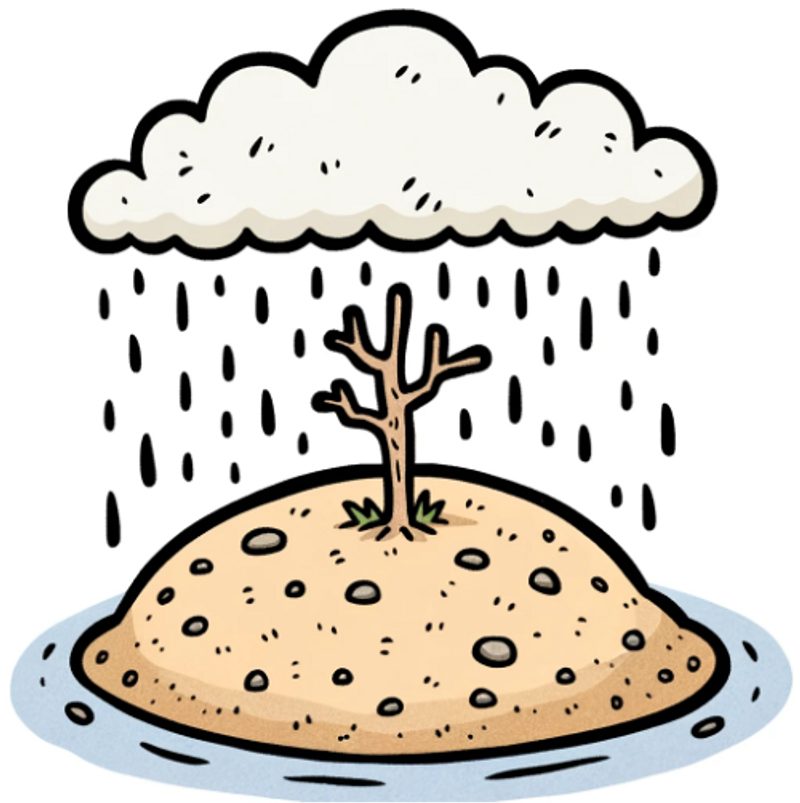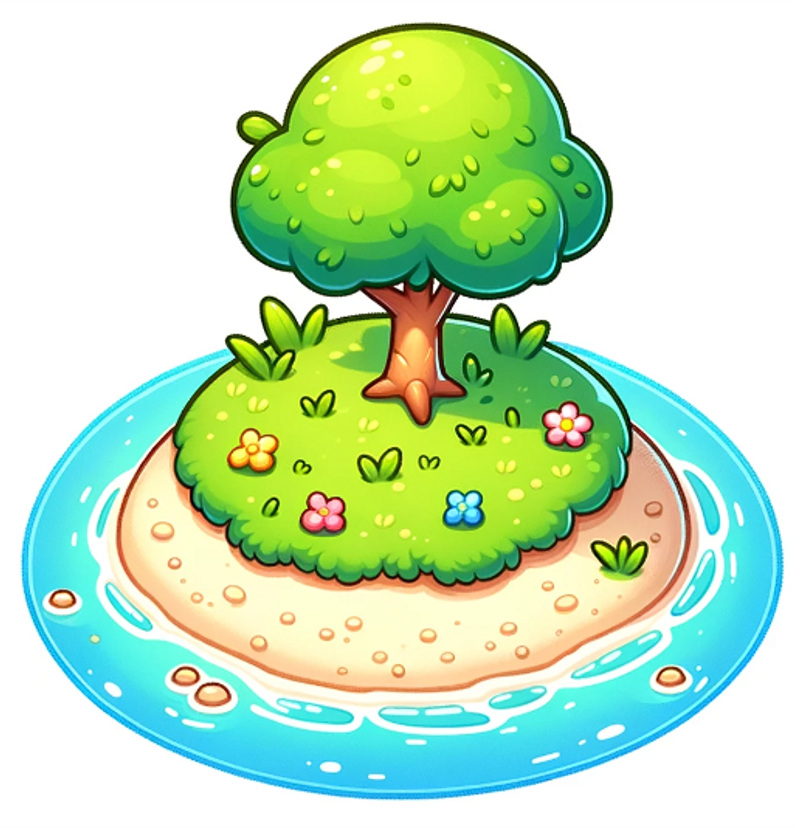Everything Can Be Understood Through a Good Story
How often do you think about storytelling while at work? Working on creating digital products, it might be more important than you realise.
4 min read
·
By Toralf Frich
·
December 10, 2023

What is story telling?
In prehistoric times, before the advent of writing systems, storytelling was the primary means of communicating values, culture, and history within tribes and societies, especially for educating new generations. This was crucial for helping newcomers understand their identity and place in society.
Elders typically narrated these stories, often imbued with moral lessons. For example, tales of mystical animals punishing misbehaving children were common so that children would behave accordingly. Children were also encouraged to participate in storytelling to ensure they grasped the moral lessons.
Today, storytelling is used in politics, marketing, and numerous other fields. Ronald Reagan, known for his storytelling prowess, often narrated life in the Soviet Union to emphasise the superiority of the American system. Similarly, Steve Jobs’ way of introducing and talking about Apple products revolutionised product presentations, influencing countless firms to do the same.
Science explains why storytelling is so effective. When a story is told, multiple brain areas activate, including those involved in language processing and those that would be active if the listener were experiencing the events. This phenomenon, known as neural coupling, creates a shared contextual understanding. Furthermore, the release of dopamine and oxytocin during storytelling generates happiness and emotional engagement in the story.
Why is story telling important at work?
In the professional realm, I define storytelling as the art of painting a picture. It’s about crafting narratives using analogies, providing context, or employing examples that resonate with your audience. The goal is to paint a vivid picture to ensure your listener fully grasps your message, whether it’s to highlight the value of a product or feature, to help key stakeholders understand a decision informed by your insights, or to use user stories to elucidate a product you’re developing.
Let’s illustrate how you can use story telling for work with an example inspired by a this TED talk.
Introducing “Pain Island,” a dreary place where it perpetually rains, grass refuses to grow, and the sun is a stranger.

Contrast this with “Paradise Island,” where the ocean sparkles with crystal blue clarity, the sun beams with relentless warmth, and joy is the common language among its inhabitants.

We want to get from Pain Island to Pleasure Island. And to do so, we use a ship. In this narrative, a simple button that you have created in your digital product acts as the ship transporting you from the gloom of Sad Island to the bliss of Paradise Island.

Imagine you’ve created this metaphorical button and you are about to showcase its value to your stakeholders. You could plainly tell your stakeholders about its functions, but they might dismiss it with a thought, “Isn’t that what a button is supposed to do?”
Instead, use the storytelling approach mentioned above. Start by talking about the process before. How many emails and excel sheets that needed to be filled out. How much time that was spent on writing the same stuff in different sheets. And then, you introduce the button, this new and shiny button that replaces all of that manual labour. Then, your stakeholders might realise how important the button you have created really is.
You might ask yourselves: “How can I become a great story teller at work?” There are numerous ways to tell stories, and each method could probably fill a chapter in a book. However, some general advice would be to:
- Strive for simplicity in your explanations for better understanding
- Understand the context of your product
- Always consider your audience
I hope this article has successfully painted a picture of why storytelling is an invaluable tool in the workplace. Thank you for reading!